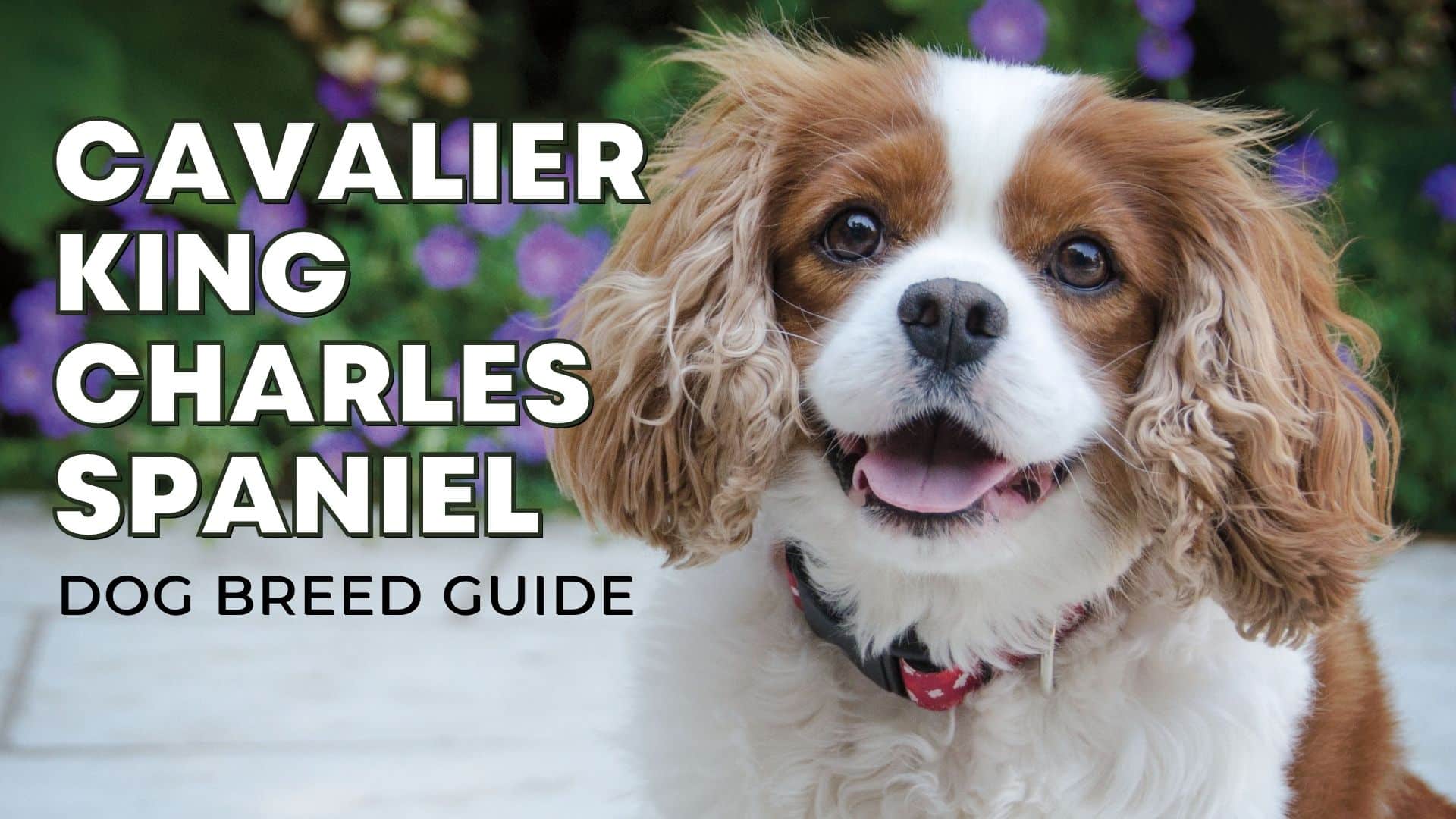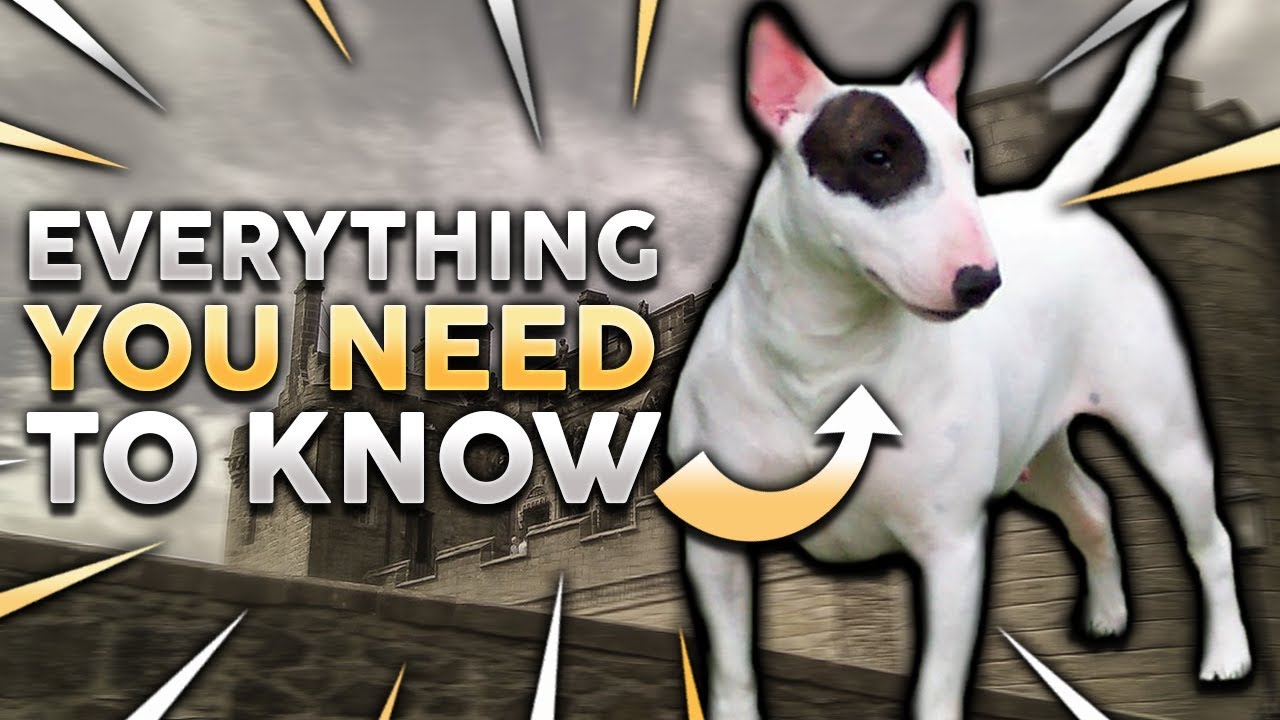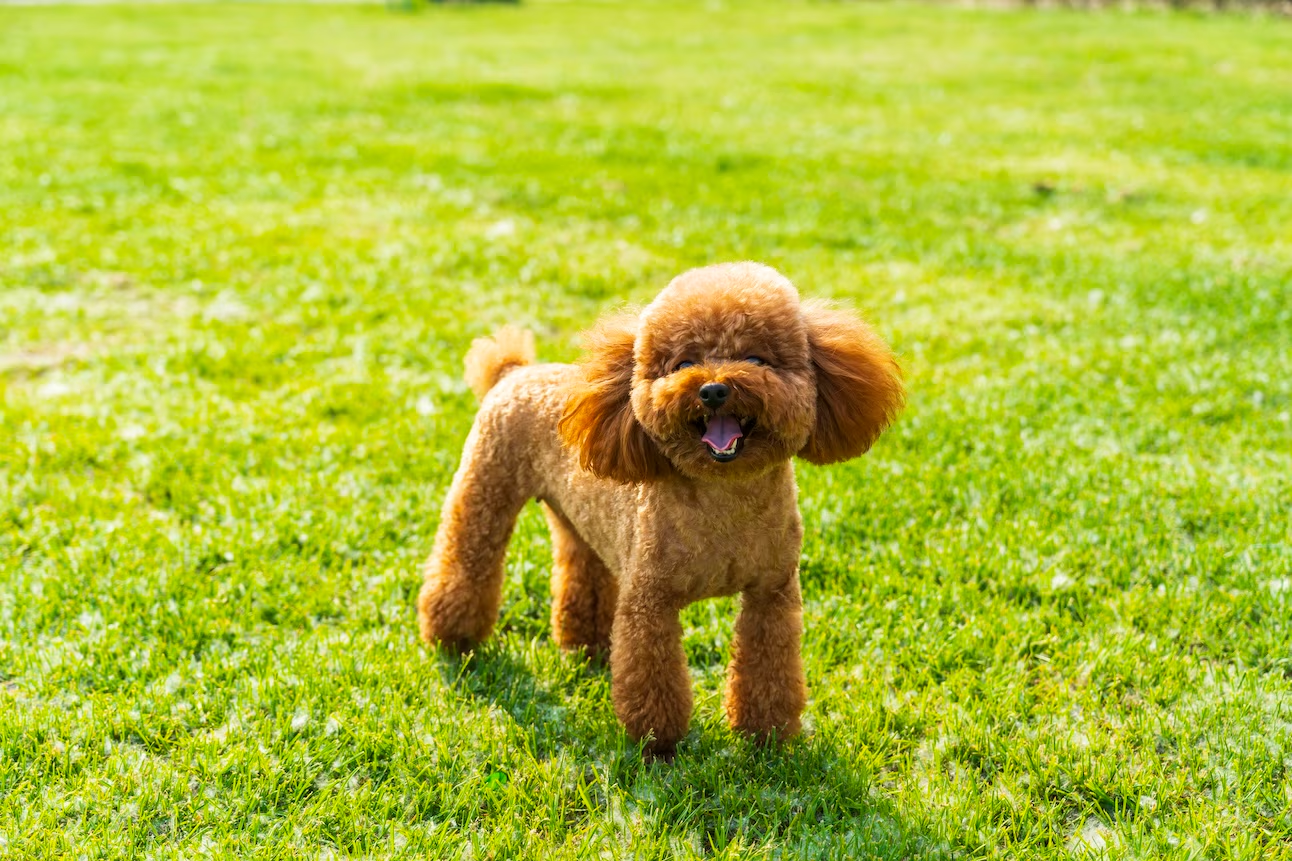🐶 Irish Setter Dog Breed Guide: Elegant, Energetic, and Exceptionally Friendly
The Irish Setter is one of the most graceful and striking dog breeds, known for its gleaming red coat, high energy, and affectionate personality. Bred originally as a hunting companion in Ireland, this breed has evolved into a beloved family pet across the globe.
In this detailed guide, we’ll explore:
- History and origin
- Appearance and temperament
- Daily care needs
- Training techniques
- How to choose an Irish Setter puppy
- Pros and cons
- Cost and long-term expenses
Let’s dive in and learn why the Irish Setter may just be your perfect four-legged friend.
📖 Overview of the Irish Setter
| Trait | Details |
|---|---|
| Origin | Ireland |
| Group | Sporting Group (AKC) |
| Height | Males: 27 inches, Females: 25 inches |
| Weight | Males: 70 lbs, Females: 60 lbs |
| Lifespan | 12–15 years |
| Coat | Long, silky, and feathered |
| Color | Mahogany or deep chestnut red |
| Temperament | Friendly, energetic, intelligent |
| Best for | Active families, runners, large yards |
🧬 History and Origins
The Irish Setter originated in 18th-century Ireland as a gundog, specifically bred to help hunters locate game birds. Early versions were a mix of spaniels, English Setters, pointers, and Gordon Setters. The breed’s distinct red coat became its hallmark by the 19th century, admired both in the field and in dog shows.
Today, Irish Setters remain popular as family pets, show dogs, and even therapy animals due to their affectionate and friendly nature.
🧠 Personality and Temperament
The Irish Setter is full of life and joy. This breed is often described as:
- Affectionate: Loves people and often forms strong bonds with family members.
- Energetic: Needs plenty of exercise to stay healthy and happy.
- Playful: Maintains a puppy-like attitude even into adulthood.
- Sociable: Gets along well with children, other dogs, and even strangers.
- Intelligent but mischievous: Can learn quickly but also prone to playful stubbornness.
While they thrive in social environments, Irish Setters don’t like being left alone for long periods. Without attention and exercise, they may develop separation anxiety or engage in destructive behaviors.
🧼 Daily Care and Maintenance
🐾 1. Grooming
Irish Setters require consistent grooming to maintain their beautiful coats.
- Brushing: Brush 3–4 times a week to prevent matting and reduce shedding.
- Bathing: Bathe once every 4–6 weeks or as needed after muddy play.
- Trimming: Trim hair around feet and ears every few weeks.
- Ears: Check weekly for infections due to their floppy nature.
- Nails: Trim every 3–4 weeks.
- Dental Care: Brush teeth 2–3 times per week.
🍽️ 2. Feeding
A well-balanced diet is key to keeping your Irish Setter energetic and fit.
- Puppies: 3–4 meals per day with high-calorie, high-protein puppy food.
- Adults: 2 meals per day.
- Diet Type: High-protein kibble with meat as the first ingredient.
- Avoid: Overfeeding — the breed is prone to bloat, a life-threatening stomach condition.
🚶♀️ 3. Exercise
Irish Setters are extremely active dogs and need at least 1–2 hours of exercise daily.
- Long walks, runs, or jogs
- Agility training or fetch
- Free play in large yards or parks
- Dog sports (e.g., field trials, obedience competitions)
If under-exercised, they can become hyperactive or destructive.
🎓 How to Train an Irish Setter
Irish Setters are intelligent, but their playful and sometimes distractible nature means training needs to be consistent and positive.
✅ Start Early
- Begin training and socialization from 8 weeks of age.
- Expose them to different environments, people, and other pets.
✅ Use Positive Reinforcement
- Reward with treats, praise, or playtime.
- Avoid harsh punishment — this breed is sensitive and may become fearful.
✅ Short & Fun Sessions
- Keep training sessions short (10–15 minutes) and exciting.
- Mix up commands and games to keep them engaged.
✅ Focus on Recall
- Due to their hunting instinct, Irish Setters may run off if not trained to come when called.
- Practice in a fenced area or on a long lead at first.
✅ Crate Training
- Useful for housebreaking and providing a safe space.
- Never use the crate as a punishment.
🛒 How to Choose an Irish Setter Puppy
When selecting an Irish Setter puppy, it’s important to go beyond looks.
🧬 1. Find a Reputable Breeder
A good breeder:
- Provides health screenings for hip dysplasia, thyroid issues, and eye conditions
- Has clean, humane living conditions
- Offers references and pedigree documents
- Doesn’t allow puppies to go home before 8 weeks of age
🐕 2. Observe the Puppies
- Look for puppies that are curious and playful, but not overly dominant or shy.
- Watch how they interact with their littermates and humans.
📄 3. Ask Important Questions
- What are the parents like in temperament and health?
- Are vaccines and deworming up to date?
- Is there a return policy or health guarantee?
🏡 4. Consider Adoption
Some breed-specific rescues or shelters may have Irish Setters or mixes available for adoption.
✅ Pros and ❌ Cons of the Irish Setter
✅ Pros
- Stunning appearance – Eye-catching red coat and elegant posture.
- Very friendly – Great with kids, guests, and other dogs.
- Active companion – Perfect for runners, hikers, or active families.
- Loyal and loving – Builds deep bonds with family members.
- Intelligent – Capable of learning complex commands and tricks.
❌ Cons
- High exercise needs – Not suitable for sedentary homes.
- Can be stubborn – Requires patience during training.
- Prone to separation anxiety – Needs companionship.
- Sheds moderately – Needs regular grooming.
- Health issues – Watch out for bloat and hip dysplasia.
💰 Cost and Long-Term Expenses
🐶 Purchase Price
| Type | Price Range |
|---|---|
| Pet-quality puppy | $800 – $1,500 |
| Show-quality | $2,000 – $3,000+ |
| Adoption/rescue | $100 – $500 |
🧾 Estimated Annual Costs
| Item | Cost |
|---|---|
| Food | $500 – $800 |
| Vet care | $300 – $700 |
| Grooming | $200 – $500 |
| Training | $100 – $300 |
| Toys & supplies | $200 – $400 |
| Insurance | $200 – $600 |
| Total per year | $1,500 – $3,300 |
🏡 Is the Irish Setter Right for You?
Ideal for:
✅ Active individuals or families
✅ Homes with large yards
✅ Those who enjoy training and bonding
✅ Households with children or other pets
Not ideal for:
❌ Apartment dwellers (unless you’re very active)
❌ People away from home all day
❌ Owners looking for a low-maintenance breed
🐕 Final Thoughts
The Irish Setter is a joyful, active, and affectionate breed that brings elegance and energy into any home. While they require commitment in terms of exercise and training, the rewards are plenty — companionship, fun, and a best friend for life.
If you’re looking for a loyal and lively canine companion, the Irish Setter might be your perfect match.




